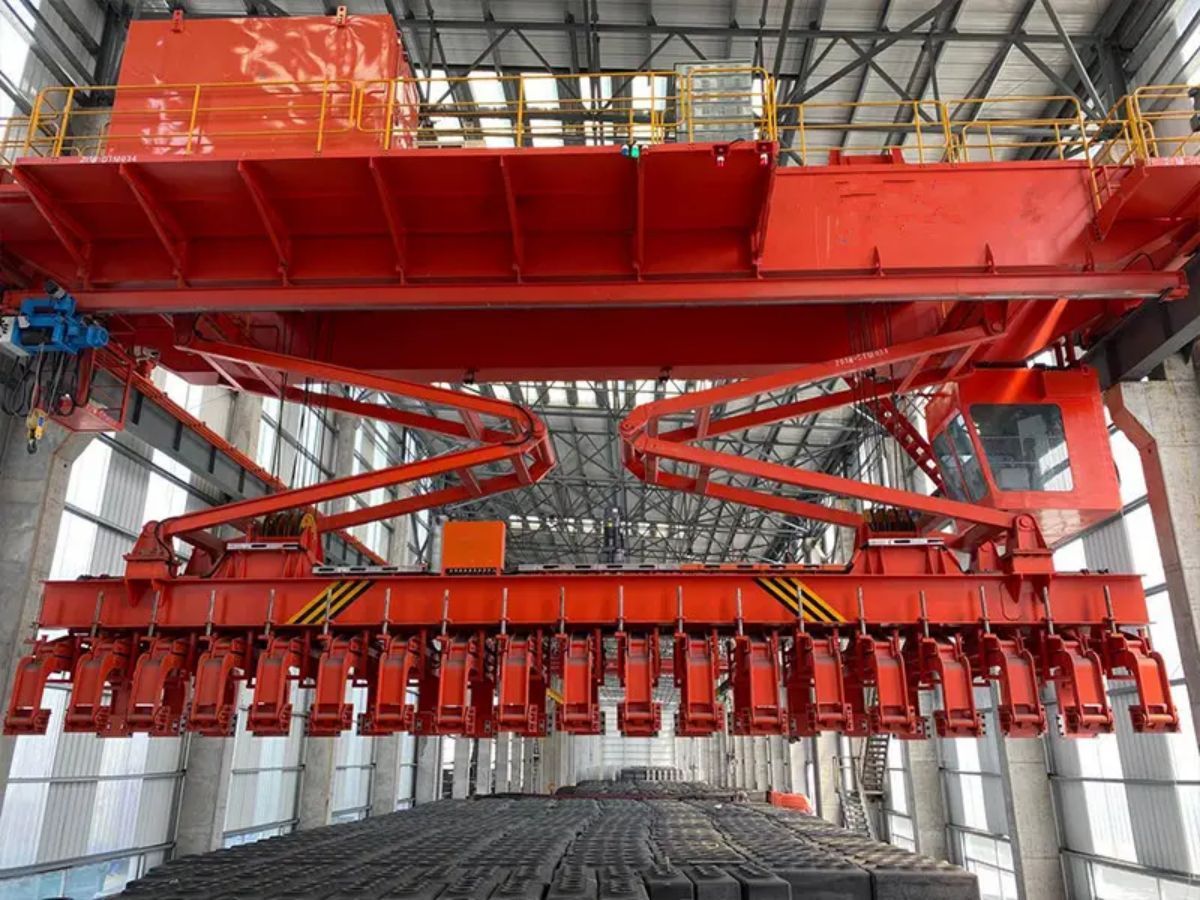Key Guidance on Implementing Anode Carbon Overhead Crane in Your Facility
Implementing an anode carbon overhead crane in your facility can greatly enhance the efficiency and safety of your operations. This specialized crane is designed to handle the unique demands of anode carbon, a crucial component in various industries. In this article, we will provide key guidance on how to successfully implement an anode carbon overhead crane in your facility.
1. Understanding Anode Carbon and its Handling Challenges
Anode carbon is a high-performance material used in the production of aluminum and other metals. It is a critical component in smelting operations, but its handling can be challenging due to its weight, size, and delicate nature. Anode carbon blocks are prone to cracking and breaking, making proper handling essential to avoid costly damages. Anode carbon overhead cranes are specifically designed to address these challenges.
2. Assessing Your Facility's Requirements
Prior to implementing an anode carbon overhead crane, it is important to assess your facility's specific requirements. Consider factors such as the size and weight of the anode carbon blocks, the layout of your facility, and any existing lifting equipment. This assessment will help you determine the appropriate capacity, reach, and features required for the overhead crane.
3. Choosing the Right Anode Carbon Overhead Crane
There are various types of overhead cranes available in the market, each with its own set of features and capabilities. When selecting an anode carbon overhead crane, prioritize features such as precise positioning, gentle handling mechanisms, and advanced safety features. Look for a crane that is specifically designed for anode carbon applications and has a proven track record in the industry.
4. Ensuring Proper Installation and Maintenance
Proper installation and regular maintenance are essential for the safe and efficient operation of an anode carbon overhead crane. It is crucial to follow the manufacturer's guidelines during installation and ensure that all components are properly aligned and calibrated. Regular inspections, lubrication, and maintenance checks should also be conducted to identify and address any potential issues before they escalate.
5. Training and Certification
Operating an anode carbon overhead crane requires specialized skills and knowledge. It is important to provide comprehensive training to the operators to ensure safe and efficient operation. Operators should be familiar with the crane's controls, safety features, and proper handling techniques. Certification programs are available to validate the competency of crane operators and ensure compliance with industry standards.
6. Implementing Safety Measures
Enhancing safety should be a top priority when implementing an anode carbon overhead crane. Safety measures such as warning signs, safety barriers, and designated work zones should be implemented to prevent accidents and injuries. Regular safety inspections and audits should also be conducted to identify and address any potential hazards.
7. Optimizing Workflow and Efficiency
Anode carbon overhead cranes can significantly improve workflow and efficiency in your facility. By streamlining the handling process, reducing material damage, and minimizing downtime, these cranes can help maximize productivity. Analyze your workflow and identify areas where the overhead crane can be integrated to optimize operations.
8. Monitoring and Evaluating Performance
Regular monitoring and evaluation of the overhead crane's performance is crucial to identify any potential issues or areas for improvement. Utilize data tracking systems to monitor the crane's usage, maintenance history, and any incidents. This information can help you identify patterns, troubleshoot problems, and make informed decisions to enhance performance.
9. Adhering to Industry Standards and Regulations
When implementing an anode carbon overhead crane, it is essential to adhere to industry standards and regulations. Familiarize yourself with the relevant safety guidelines, equipment requirements, and operational practices. Regularly review and update your procedures to ensure compliance with the latest standards and regulations.
10. Continuous Improvement and Adaptation
The implementation of an anode carbon overhead crane is not a one-time process. Continuously strive for improvement by seeking feedback from operators, monitoring industry advancements, and staying updated on best practices. Adapt your processes and equipment to meet evolving demands and technologies, ensuring your facility remains at the forefront of efficiency and safety.

